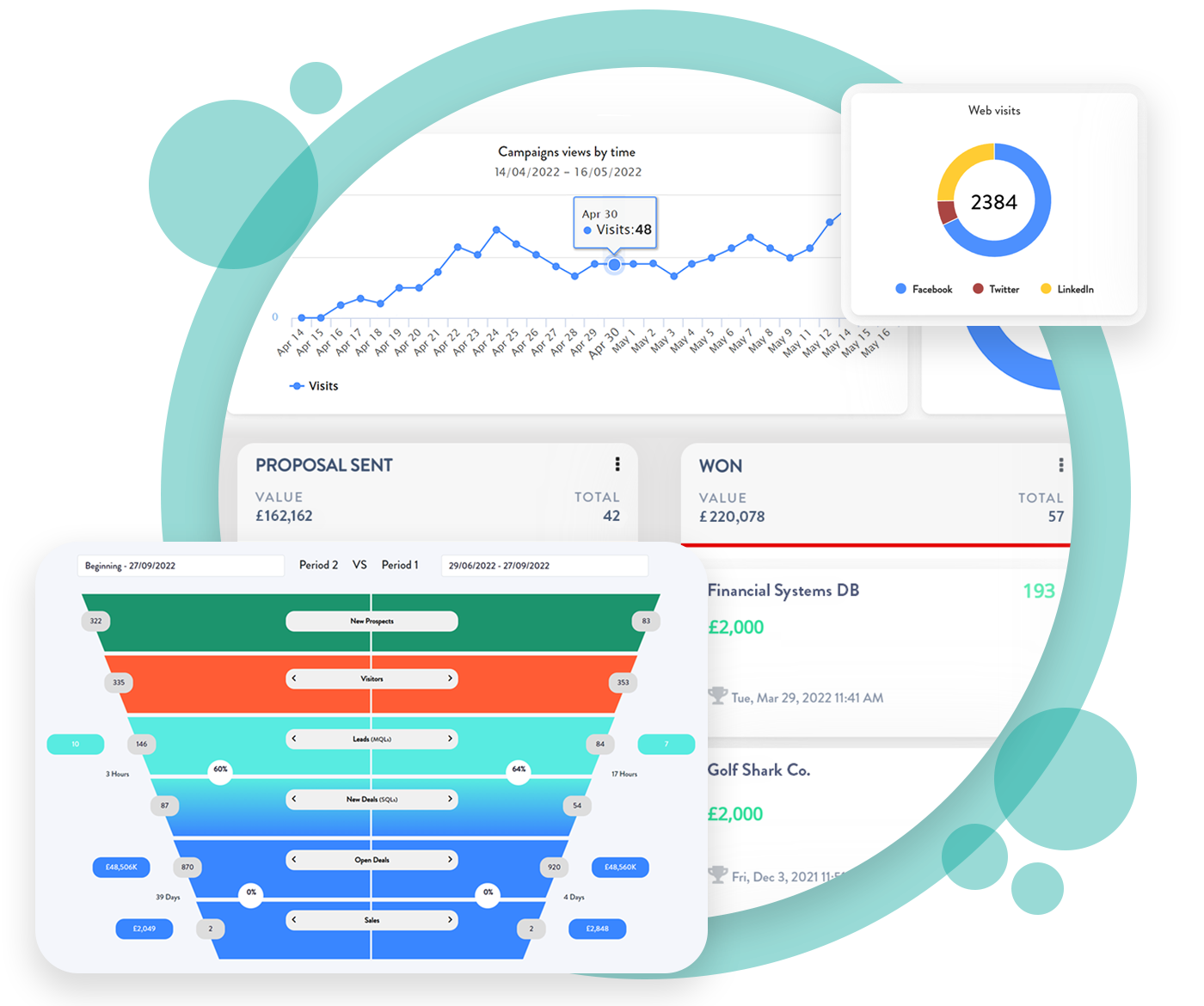In today’s competitive business landscape, successful companies recognize the importance of aligning their sales and marketing teams to optimise revenue generation. However, achieving true collaboration between these two departments can be challenging.
The traditional lead-handoff process of Marketing qualifying a lead, passing it to Sales Development Representatives (SDRs), and then to Sales Reps for closing might not be the most efficient approach. In this blog, we’ll explore three effective strategies to enhance Sales and Marketing alignment, ultimately boosting revenue and fostering a more streamlined sales process.
1. Integrate SDRs into the Marketing Team:
Traditionally, SDRs have been part of the Sales team, working to convert Marketing Qualified Leads (MQLs) into Sales Qualified Leads (SQLs). However, this separation can lead to communication gaps, misaligned objectives, and ultimately, a slower lead-to-customer conversion process.

By integrating SDRs into the Marketing team, companies can bridge the gap between Marketing and Sales, fostering collaboration and understanding between the two departments.
Benefits of Integrating SDRs into the Marketing Team:
- Enhanced Communication: Closer proximity allows SDRs and marketers to communicate regularly, ensuring everyone is on the same page regarding lead quality, content effectiveness, and customer insights.
- Better Targeting: SDRs can provide valuable feedback on lead quality and refine target audience criteria, helping marketers create more effective campaigns.
- Agile Content Creation: With SDRs involved in content planning, marketing teams can tailor materials to align with the specific needs and pain points of prospects in different stages of the sales funnel.
2. Rethink the Use of Marketing Qualified Leads (MQLs):
Marketing Qualified Leads (MQLs) are often used as a metric to measure Marketing’s success. However, this approach can sometimes lead to quantity-over-quality issues, as marketers might prioritise lead volume over lead relevance. Instead of solely relying on MQLs, a shift towards a more collaborative and iterative lead qualification process can be highly beneficial.

Implementing a Lead Scoring System:
- Define Ideal Customer Profile (ICP): Sales and Marketing teams must work together to establish a clear ICP. This shared understanding ensures that both teams focus their efforts on attracting and nurturing leads with the highest potential for conversion.
- Develop Lead Scoring Criteria: Create a lead scoring system that considers both explicit and implicit factors, such as demographic information, engagement level, and online behaviour. This way, leads are prioritised based on their actual potential to become customers.
- Continuous Refinement: Sales and Marketing should regularly review and refine the lead scoring criteria based on feedback and data analysis. This iterative process ensures that the teams are consistently aligned and targeting the right prospects.
3. Foster Cross-Functional Cooperation in Marketing Campaigns:
Effective marketing campaigns rely on the cooperation of multiple departments, not just Sales and Marketing. By bringing various teams together, companies can create more holistic and impactful campaigns that resonate with the target audience and facilitate smoother handoffs during the sales process.

Incorporating Multiple Perspectives:
- Collaboration with Product and Customer Support: Sales and Marketing teams must collaborate closely with Product and Customer Support teams. Product insights help in crafting compelling messaging, while Customer Support feedback aids in addressing pain points effectively.
- Joint Strategy Development: Rather than functioning in silos, Sales and Marketing should jointly develop campaign strategies and set shared objectives. This approach ensures that both departments are working towards common goals and better understand each other’s challenges and opportunities.
Conclusion:
In conclusion, aligning Sales and Marketing teams is crucial for businesses seeking sustained growth and profitability. By integrating SDRs into the Marketing team, rethinking the use of MQLs, and fostering cross-functional cooperation in marketing campaigns, companies can create a harmonious revenue-generating ecosystem.
This collaborative approach not only streamlines the lead-to-customer conversion process but also strengthens the overall customer experience, paving the way for increased customer loyalty and advocacy. Embrace these strategies and witness the transformative power of Sales and Marketing alignment in propelling your business to new heights. Begin your journey by booking a personalised demo to see what the Zymplify’s Revenue Platform can do for your business.



